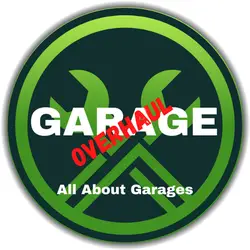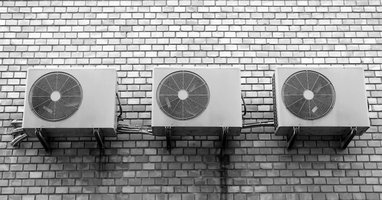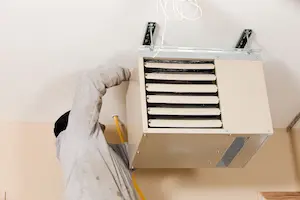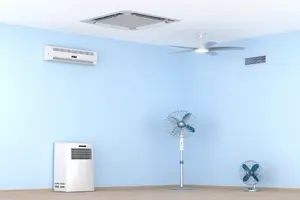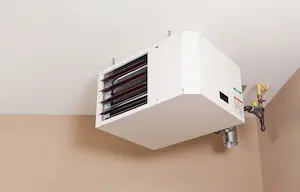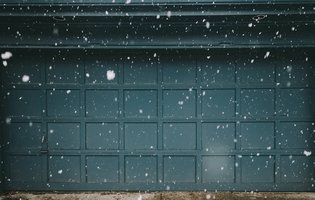Finishing the Garage Walls (How to and Options You Have)
This post contains affiliate links.
Garage walls are often unfinished because people like to save on construction costs. There may not have been a need to insulate or finish the walls before. The finished garage will look nicer and has many perks, such as increasing the house’s value.
There are finishing materials available like drywall, plywood, OBS, FRB, metal panels, wood panels, cement board, shiplap, Slatwall, and more. But these are the most common for garage walls.
Let’s look at the reasons to finish the garage walls. Go over the different materials and prices and look at some how-to finish the garage wall videos.
Reasons to Finish the Garage Walls
Comfortable Use All Year Around – If you spend a lot of time in the garage working, exercising, car maintenance, or hobbies. The garage should be insulated, air-conditioned and finished. Installing any type of wall over insulation will keep the garage from freezing or keeping the hot air out. Read how to insulate the garage here.
Room Above the Garage – Uninsulated and unfinished garage will make the room above the garage very cold or hot. And all sorts of smells and harmful gasses may leak above. Read more about rooms above the garage here.
Sound Barrier – Insulated and finished garage reduces sounds coming to the house or sounds going outside significantly. If you have a workshop in the garage, it’s highly recommended to finish the garage for added comfort.
Added Property Value – Finished garage will add value to the house, and you will get a better price when selling. Read about garage value here.
Additional Electricity Outlets – Adding outlets to concrete is difficult after the initial construction. With covered walls, you can hide the wires inside the wall, and adding outlets becomes easy.
Fire Protection – Drywalling a whole garage adds fire protection if you use your garage as a metal workshop. Or you do other fire-related work in the garage.
Finishing Materials for Garage Walls
There are many alternatives to drywall for garage walls. Depending on building codes in your area, the garage may need to be fireproof, so check the requirements first before considering the wall finishing material.
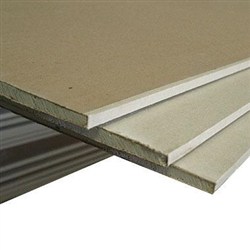
Drywall – Drywall is made of gypsum plaster sandwiched between two layers of paper. Drywall increases fire resistance and is easy to install. But requires taping, mudding, and painting which makes the installation process longer than other wall types. Drywall is prone to dents and dings but provides a smooth surface for paint or different textures.
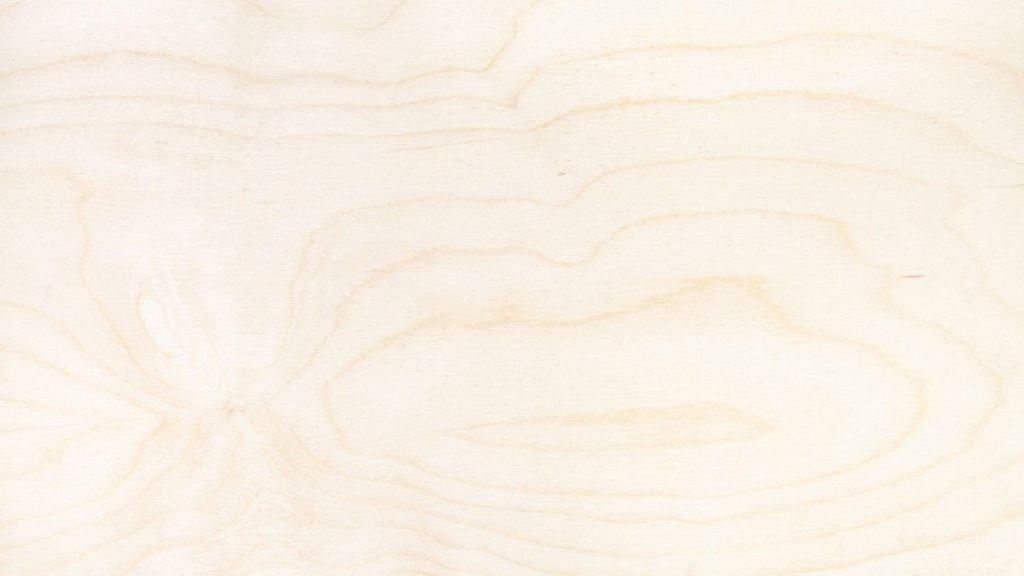
Plywood – Plywood is manufactured by gluing thin layers or plies of wood veneer together with adjacent layers having their wood grain rotated 90 degrees to one another. Plywood is very strong and has minimal tendencies to warp, shrink, twist or crack. Plywood can be installed directly to the wall studs and offers support for small cabinets and shelves. Plywood has natural wood grain patterns providing a warm ambiance. It can be primed and painted, or stained. Plywood is more moisture-resistant than OBS.
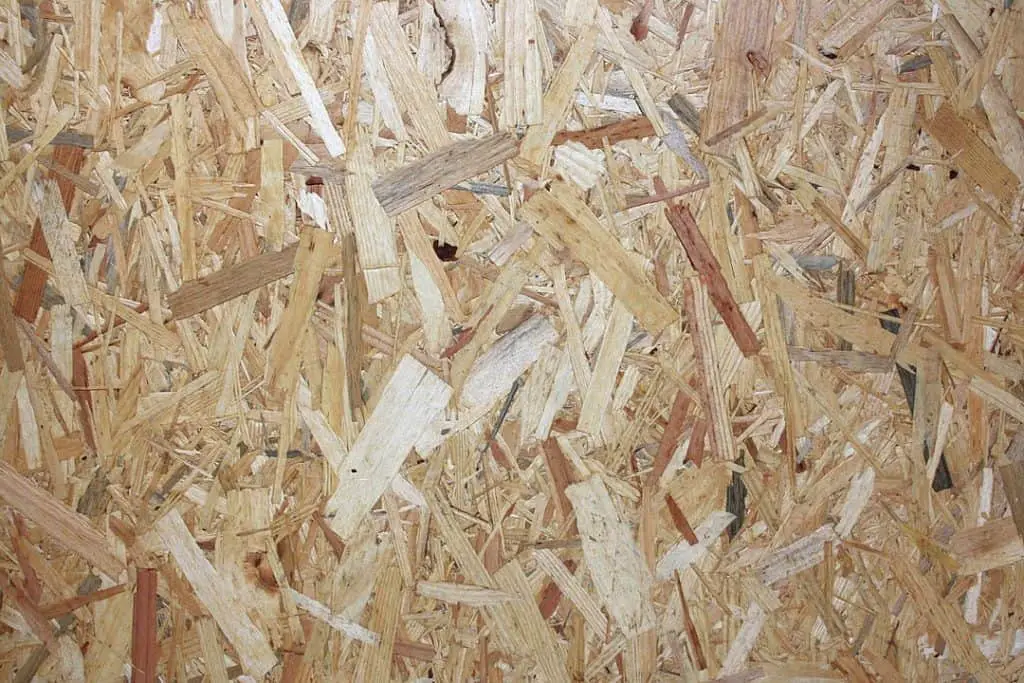
OBS (Oriented Strandboard) – OBS is made of compressing adhesives and layers of wood strands on specific orientations.OBS is strong and durable and can be primed and painted, or stained. OBS can be screwed directly to wall studs. It also offers support for small cabinets and shelves. OBS is less expensive than plywood.
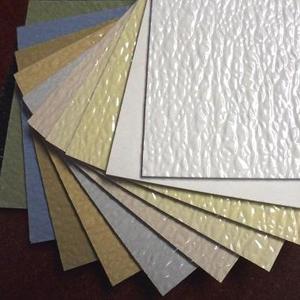
FRB (Fiberglass Reinforced Panels) – Plastic wall panels resist mold, mildew, moisture, and pests. Easy to clean. Some FRP panels can be installed directly to the studs, but most are designed to go over drywall or wood sheathing.
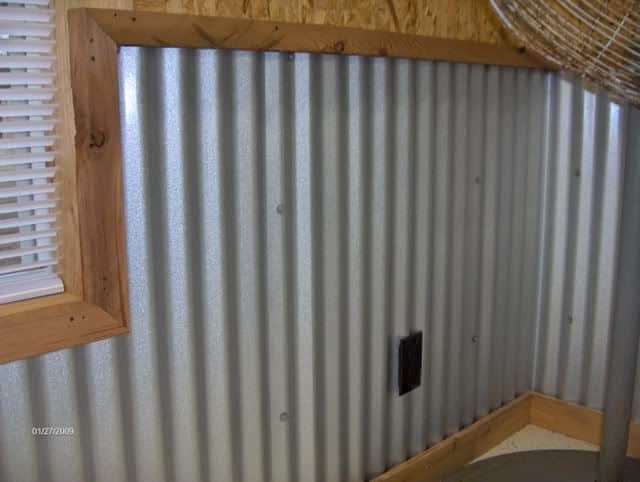
Metal Panels – Stylish metal panels for workshops or high-end garages. These have a lot of options with different finishes and coatings. Quick and easy to install directly to the studs. Harder to cut than wood, though.
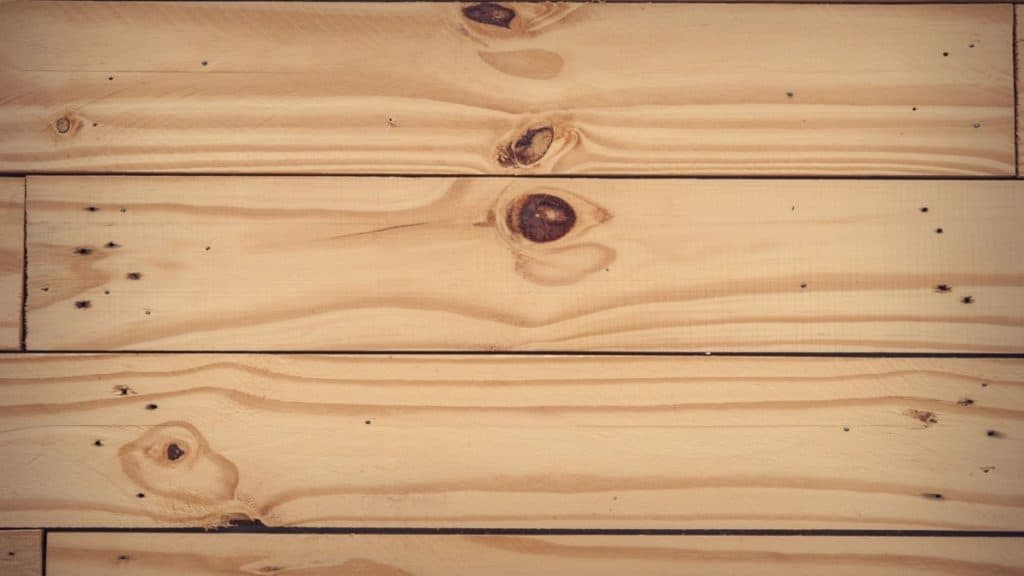
Wood Panels – Wood paneling has a lot of great-looking options in many sizes. Easy to install and coat if necessary.
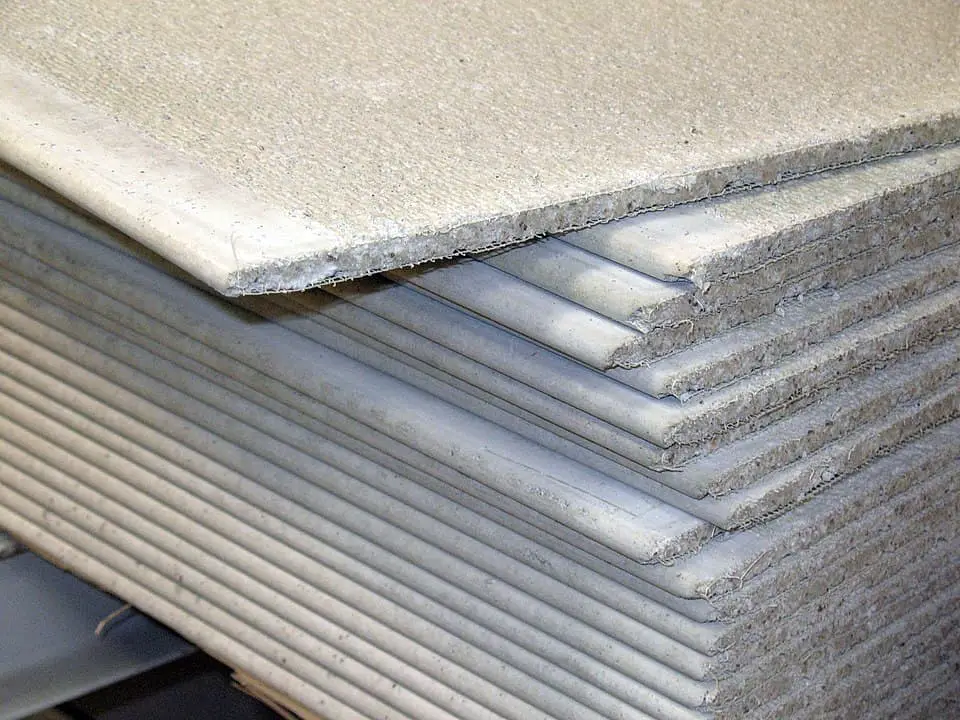
Cement Board – Very durable and has a lot of strength. Offers a lot of customization options. You can add tiles or stone veneer over the cement board.
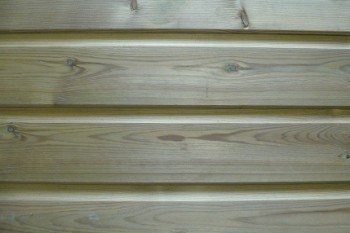
Shiplap – Easy and fast to install directly to the studs. It is as durable and inexpensive as other options. Has natural wood grain patterns and can look very good.
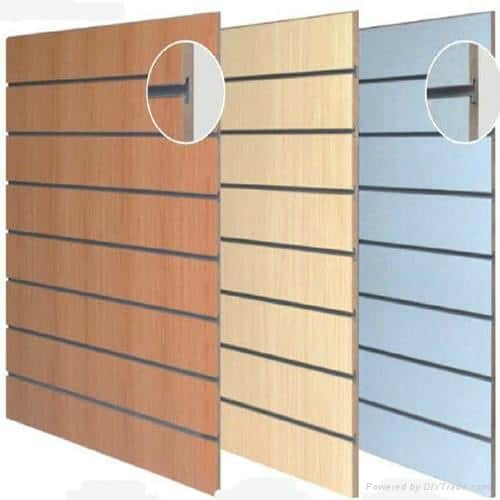
Slatwall – Slatwall can also be screwed directly to the studs, offers many storage options, and can hold a lot of weight. More expensive than other options but has many perks such as durability, storage, variety of colors, and smooth and finished look. Consider having at least one wall covered with Slatwall. Read all about slatwalls here.
What Type Of Drywall Should Be Used for the Garage
- Drywall comes in four different thicknesses: ¼”, ⅜,” ½,” and ⅝.”
- ½” is the most standard size and is probably what 90% of your home’s walls are constructed with.
- ⅜” is also standard size, but ½” has taken over as the accepted industry standard. ⅜” is more commonly used for repair purposes.
- The thicker ⅝” drywall is the standard for ceilings. You don’t want to use ½” or ⅜” for ceilings, as over time, it will sag downwards in between rafters.
- ⅝” is the standard thickness for fire-resistant or fire-code drywall, commonly found in garages.
- ¼” drywall is relatively uncommon and can be used for repairs or for curved areas, where you can double up two sheets to make a standard ½” sheet.
- As far as lengths, the standard sheet size is 4′ x 8′. This is what will be most commonly used for the residential home construction or remodeling purposes.
Smaller sheets are also available for patches or repair purposes, and larger sheets (4′ x 12′) are typically available as well at most big box hardware and home improvement stores.
Use as big sheets as possible because all the seams need to be taped and mudded. So the fewer seams, the better.
Garage Drywall Size
- Regular ½” thick drywall is available in 4′ x 8′, 4′ x 9′, 4′ x 10′, and 4′ x 12′ sheets.
- Regular ¼”, ⅜”, and ⅝” is also commonly available in 8′, 9′, 10′, and 12′ sheets.
- Mold-resistant drywall and moisture-resistant cement board are generally available in ½” and ⅝” thicknesses, 8′, 10′, and 12′ sheets.
- Fire-resistant drywall is only available in ⅝” thickness, in 8′, 9′, 10′, and 12′ lengths.
Drywall is heavy to lift and hold in place to have a buddy to help you install the sheets. A standard ½” 4′ x 8′ sheet weighs in at just over 50 lbs.
There Are 4 Types of Drywalls Available:
Regular – Made of gypsum, sandwiched between layers of paper. Both the gypsum and paper are organic materials prone to moisture and mold.
Mold Resistant – Bit pricier than regular but uses paperless backing to inhibit the growth of living organisms. For general purposes, as bedrooms, living rooms, and dining rooms.
Moisture Resistant – Cement board for moist areas like bathrooms and kitchens. Do not use regular or mold-resistant drywall in “wet” places because it will rot out. But it has been replaced with a far superior cement board. There is also moisture-resistant drywall called green board.
Fire Resistant – Used in industrial and commercial locations where fire-rating requirements must be met.
- Ceilings and walls are generally faced with 1/2-inch (1.3 cm) drywall sheets. In ceilings, you usually use “CV” rated or ceiling boards. There are also lightweight boards available for this purpose.
- In some instances, you may be required to place 5/8-inch (1.6 cm) drywall on your ceilings or outside walls. 5/8-inch (1.6 cm) drywall may be classified as “Fire-rated” or TypeX drywall and stands up to fires longer than traditional 1/2-inch (1.3) drywall does.
- You can double your drywall in fire risk areas in some municipalities rather than buy more expensive thicker sheets.
- The thicker 5/8-inch (1.6 cm) drywall is also helpful for sound reduction because of its greater mass. Recording studios sometimes do a double layer of 5/8-inch (1.6 cm) drywall.
How to Drywall or Finish Your Garage
How To Install Drywall A to Z | DIY Tutorial From Home Renovision DIY
https://www.youtube.com/watch?v=VQIMaR7hWtM
How Thick Should Plywood Be For Garage Walls?
Plywood comes in many thicknesses and sizes. Consider if you need more thickness than the minimum required.
The minimum Plywood thickness is ⅜ Inch, and it is a good choice for the walls. International residential code specifies 3/8-inch plywood for sheathing walls with a standard stud spacing of 16 inches if the siding is nailed to the studs through the sheathing.
Is It Better to Hang Drywall Vertical or Horizontal?
In residential houses, the drywall is typically hung horizontally. There is a number of benefits such as:
Fewer Seams – Horizontal hanging reduced the seams by about 25%. Keeping the seams to minimum results in less taping and overall work.
Hides Uneven Studs – Hanging the drywall horizontally allows the drywall to flow over the framing, so bowed studs are less of a problem. If the drywall were hung vertically and seam placed over a bowed out stud. The seam would be more visible because of the bump in the wall.
Easy to Finish – Horizontal seam at 48 or 54 inches off the floor is more straightforward to finish than vertical seam going high up and down. Drywalls are available at many long lengths, so most walls can be covered in one size.
How Much Does It Cost to Install Drywall to the Garage?
If you want the job done by professionals, Here is up-to-date info at Homeadvisor.com and Homeguide.com
https://www.homeadvisor.com/cost/walls-and-ceilings/drywall-installation-hanging/
https://homeguide.com/costs/drywall-installation-cost
https://homeguide.com/costs/sheetrock-drywall-prices
How to Finish Garage Walls Cheap
Drywall, Plywood, and OBS are the cheapest choices to finish the garage walls. They don’t cost much and are pretty straightforward and fast to install. Do consider reasonably priced insulation like fiberglass too before installing the wall paneling.
Garage Walls Frequently Asked Questions
Can I Wall a Garage Without Insulation? – You can, but any type of wall covering itself does little else than that finished look for the garage. Unless you live in an area where the temperature is constant and comfortable year-round, it is recommended to add insulation before any wall covering.
Can I Wall an Unheated Garage? – The most significant thing to worry about is moisture, not heat. Large temperature swings could form moisture inside the walls and develop a mold or mildew. In areas with significant temperature swings, it is recommended to insulate and add heating or cooling.
Building Codes for Garage Walls – Most residential building codes only specify that the garage wall and the house need to be fire-rated, such as ¾ or 5/8-inch thick drywall. Always check the local building codes before construction.
